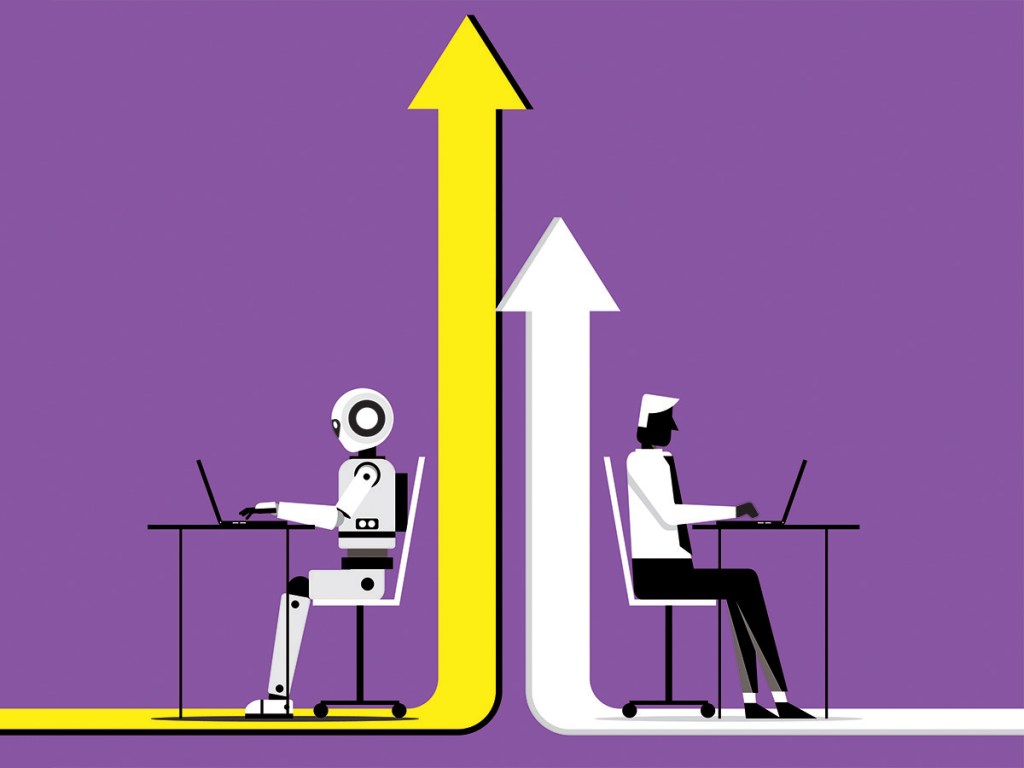CDO Stack: What GenAI Can Unlock in Lease Contracts
The application can do more than add efficiency, according to Deloitte’s John D’Angelo.
I’m back again to talk about Generative AI, but this time I’m focusing on its application to leases and other contracts. I know I’ve covered this topic at a high level as I outlined the potential use cases of GenAI in our industry in the October ’23 edition, but then it was more an emerging or theoretical use case. In the months since, I’ve seen tools and pilots, and I’m here to report that I’m blown away by what I’ve seen.
I was on a call the other day, and I described this generation of tools and capabilities as “not your father’s machine learning-based lease abstraction tools.” I always thought those were promising, but I know that several clients either had negative experiences or found that the complicated logic embedded in lease language for things like start date simply defeated the ability of existing tools. If this describes you, and you rely on manual in-house lease (or other contract) abstraction, please read on (well, please read on in either case).
With respect to the generation of tools that relied on machine learning contract abstraction tools, I’d argue they are valuable and useful, even in the case outlined above in which contractual language required human reasoning. I’m sorry to say this, but I have been at least a little disappointed in clients who piloted and then abandoned the machine learning generation of abstraction tools, mostly because of trust issues or “all or nothing” thinking. In other words, if they didn’t work the first time or for everything, they were discarded as not being valuable. But those companies who stuck with the “learning” part of machine learning, who took the time to “teach” the application, generally found great results in productivity in the historically laborious and often error-filled process of lease abstraction.

Speaking of history, let’s take a quick romp down memory lane with respect to lease abstraction and administration. It wasn’t all that long ago that occupiers and landlords kept physical (yes, paper) copies of lease documents and they were regularly accessed and read. This was not much more than 20 years ago. Then scanning happened, but scans were basically just a picture. Then indexing, so you could quickly find the place in the picture that was of interest. Then OCR that enabled searching (which seemed like quite a big deal at the time). Then the ML-based abstraction tools (all of the above happened in roughly a decade). And now GenAI-based abstraction and natural language query tools to access the full details of one or many leases (or, really, any contract that’s accessible).

So, finally, we’re at the current generation of tools and, from what I’ve seen, it’s not just the next step improvement in the series, it’s a new thing. Both in the tool’s ability to quickly “read” and abstract a huge quantity of documents (getting it right, pretty much out of the box) and in being able to ask fairly nuanced questions in plain English and getting the answer back almost immediately. All in secure environments, so all of that sensitive contractual data stays private. We have clients with tens of thousands of active leases and many multiples of that number of historical leases. Imagine being able to unlock the rich information that’s locked away in all of those leases, the information that’s never abstracted because it’s not commonly used and it would be too laborious to do so. That’s what’s now both possible and available.
At first, I thought of GenAI as largely an efficiency technology, and that’s certainly the case with both the abstraction and query parts of its application to leases (and other contracts). But I’m now seeing the innovation and effectiveness applications. We’ve actually seen side-by-side cases in which the GenAI tool gets the abstraction right and where a well-trained, highly experienced human makes a mistake (remember, AI never gets bored or has a bad day or lapse in concentration). And on the innovation side, being able to query a large number of contracts for specific terms or examples of language previously agreed upon with a specific company, in a specific property or geography, etc., makes practical what was previously either impractical or only possible through enterprise knowledge.
The bottom line—I’ve seen the future, and it’s here today and it’s very promising.
John D’Angelo is a managing director with Deloitte Consulting LLP & the real estate solutions leader, designing solutions to address client challenges and push the industry forward. With over 30 years of experience as a management consultant to the global real estate industry, John has helped some of the biggest names in real estate leverage technology and use data to optimize and transform their operations.








You must be logged in to post a comment.